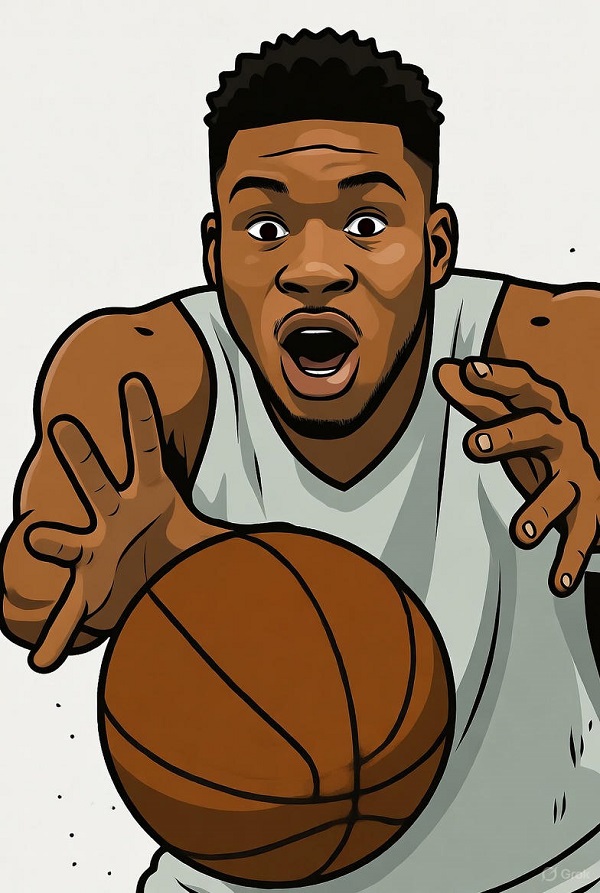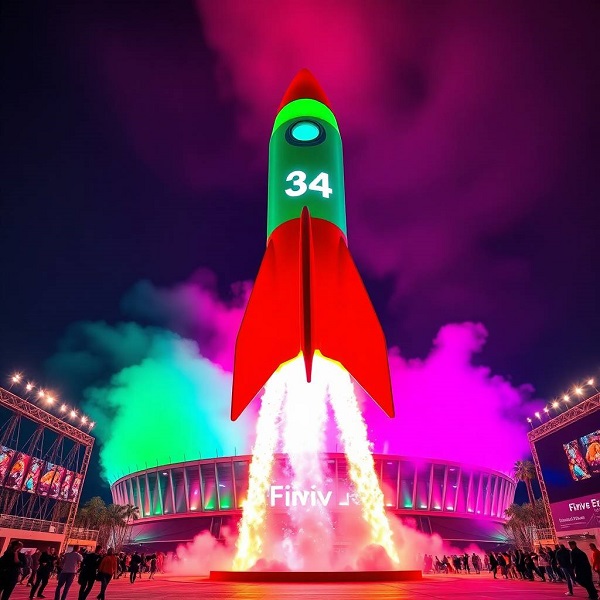In the NBA’s endless hypothetical superteam debates, few pairings spark as much intrigue as Giannis Antetokounmpo and Stephen Curry. On paper, the Greek Freak’s athletic dominance combined with Curry’s unparalleled shooting seems like a recipe for dynasty-level success. But dig deeper, and the fit starts to unravel. Giannis’s playing style—dominated by ball possession, physical drives, and limited off-ball contributions—clashes with Curry’s need for fluid motion, elite screening, and quick decision-making.
The Screening Issue: Giannis’s Weakness Undermines Curry’s Greatest Strength
Stephen Curry’s game revolves around off-ball movement and using screens to create space for his lethal three-point shooting. He’s thrived with screen-setters like Draymond Green, who not only set solid picks but also read defenses, slip when needed, and facilitate from the short roll. Giannis, however, is notoriously poor at this fundamental big-man skill, often prioritizing his own scoring over team play.
Observers have noted that Giannis tends to set screens too high or fails to establish a solid base, allowing defenders to slip around easily and disrupt the play. In pick-and-roll situations, he frequently slips the screen prematurely to hunt mismatches in the post, demanding the ball instead of creating opportunities for others. This self-focused approach was critiqued in analyses of his role with the Bucks, where even fans and analysts questioned his commitment to screening as a key offensive tool. For Curry, who relies on screens to generate 40% of his shots (per NBA tracking data), this would be disastrous. Without reliable picks, defenses could switch or hedge more aggressively on Curry, stifling his rhythm and forcing him into contested looks. Giannis’s athleticism might help in transition, but in half-court sets—where Curry does his damage—his screening lapses would turn the offense stagnant.
Social media echoes this sentiment, with recent discussions highlighting Giannis’s bad screening as a persistent flaw that hampers guard-big synergies. In a system like Golden State’s, where screening is an art form, Giannis’s habits would clash, leaving Curry isolated and underutilized.
Ball Dominance: Giannis’s Hogging Habits Would Starve Curry’s Off-Ball Brilliance
Giannis is one of the league’s highest-usage players, often controlling the ball for extended possessions to bulldoze to the rim. This “ball hog” label isn’t new—it’s been thrown at him in high-profile feuds, like with James Harden, who implied Giannis’s style lacks passing nuance. Stats back it up: Giannis’s usage rate hovers around 33-35%, meaning he touches the ball on a massive portion of possessions, often leading to iso-heavy play. Critics argue this pads his stats but doesn’t elevate teammates as effectively as true facilitators.
Curry, conversely, excels off the ball, using gravity to warp defenses even without possession. Pairing him with Giannis would force Curry into a spot-up role more often, diminishing his playmaking (he averaged 6.5 assists in 2024-25). Recent Bucks games highlighted this issue: when Giannis dominated the ball, teammates like Damian Lillard saw reduced touches, leading to frustration and inefficiency. On X (formerly Twitter), users frequently call out Giannis’s hogging, with posts noting how it led to losses despite his gaudy lines. In a Curry-led offense, this possessiveness would create tension, as Steph’s motion-based system demands quick ball movement—not prolonged dribble drives.
Clutch-Time Reliability: Giannis Falters When It Matters Most
Curry is synonymous with clutch performance, hitting game-winners and thriving under pressure with a career 43% three-point shooting in clutch situations. Giannis? His clutch stats tell a mixed story at best, often marred by poor free-throw shooting and decision-making. In 2024-25, he shot just 68.8% from the line in clutch minutes, missing key opportunities. Overall clutch efficiency ranks him mid-tier among stars, with a +15.1 net rating but inconsistent scoring (3.6 PPG in clutch games).
Critics point to playoff meltdowns, like the 2023 first-round exit where his free-throw woes (notably in clutch spots) contributed to the Bucks’ collapse. On X, discussions label him “not clutch,” citing games where he deferred or bricked in crunch time. For a duo with Curry, who’d draw double-teams late, Giannis’s unreliability—especially from the stripe—could cost championships. Defenses would foul him intentionally, turning potential wins into free-throw lotteries.
The Core Problem: Giannis’s Basketball IQ and Reaction Speed Don’t Fit Advanced Schemes
Most damning is Giannis’s perceived low basketball IQ, slow processing, and struggles with complex plays—traits that would torpedo a partnership with Curry’s cerebral, read-and-react style. Gilbert Arenas famously questioned Giannis’s smarts, asking if he’s “smarter than LeBron James or Stephen Curry” and arguing his success stems from athleticism, not intellect. Videos and analyses highlight players doubting his IQ, noting he relies on raw power over nuanced reads.
Reddit threads debate this, with many concluding he’s not “high IQ” despite stats. His reaction time in half-court offenses is slower, often leading to forced drives rather than exploiting mismatches creatively. Curry’s Warriors run intricate sets with split actions, back screens, and rapid decisions—Giannis’s inability to “think or react fast” would bog it down. Even his passing, while improved (7.3 APG in 2024), is critiqued as basic, not elite like Jokic’s or LeBron’s. In advanced plays, he’d struggle to adapt, turning a dynamic offense into a predictable one.
Hypothetical analyses of a Giannis-Curry pairing acknowledge the gravitational pull but warn of stylistic clashes. While some see it as “unfair” dominance, others note Giannis’s limitations would hinder Curry’s freedom.
A Superteam That Sounds Better Than It Plays
Giannis Antetokounmpo is a force of nature, but his screening deficiencies, ball-hogging, clutch inconsistencies, and limited IQ make him a poor fit for Stephen Curry’s ecosystem. Curry needs space creators and quick thinkers; Giannis provides brute force but at the cost of flow. In a league where chemistry trumps talent alone, this duo would frustrate more than dominate. Better to keep them apart—let Giannis bulldoze in Milwaukee, and Curry dance in the Bay. Real skills matter and Giannis simply hasn’t developed them at all. If anything he is getting worse (at ft% and 3pt% for sure.) As usual, Bucks (and Golden State) fans are talking as if the NBA is a video game.

